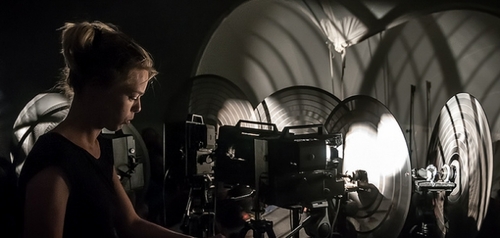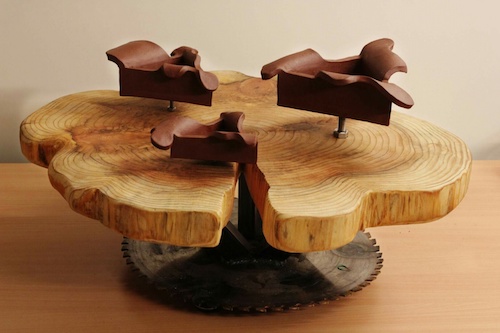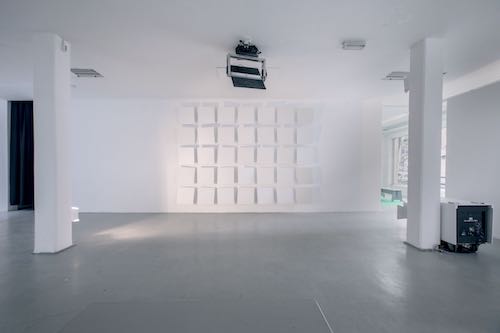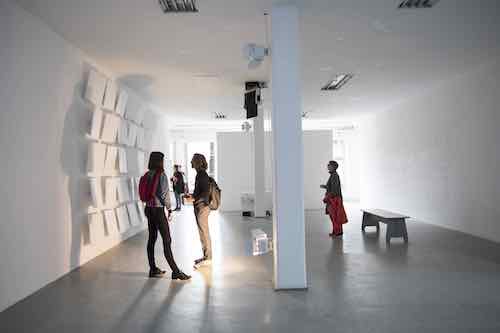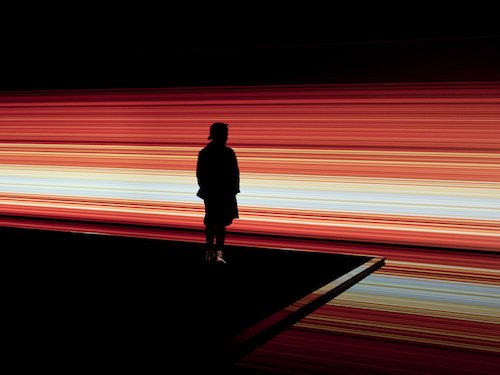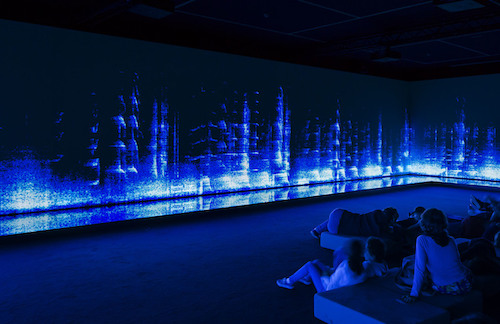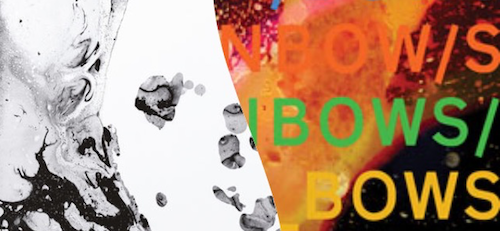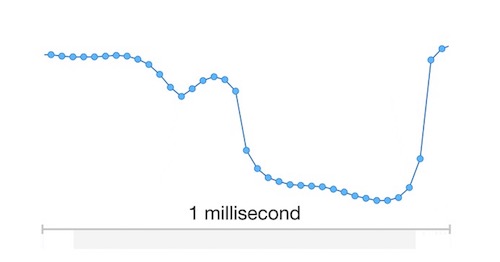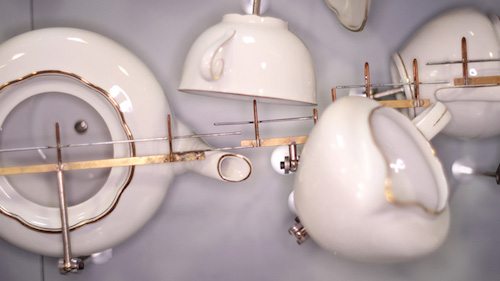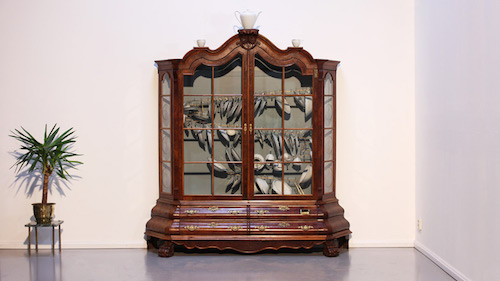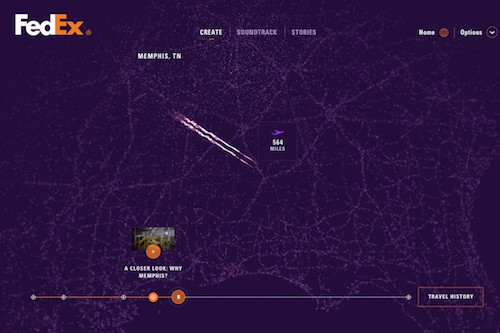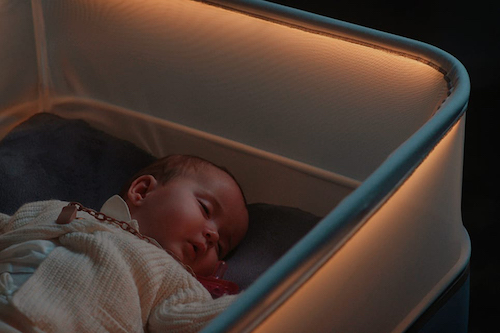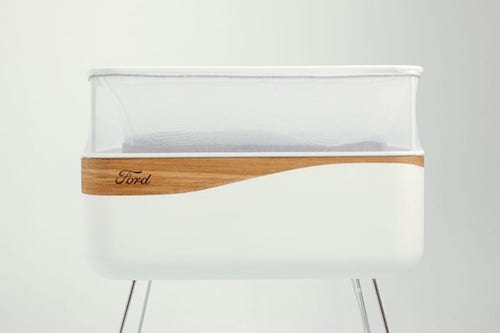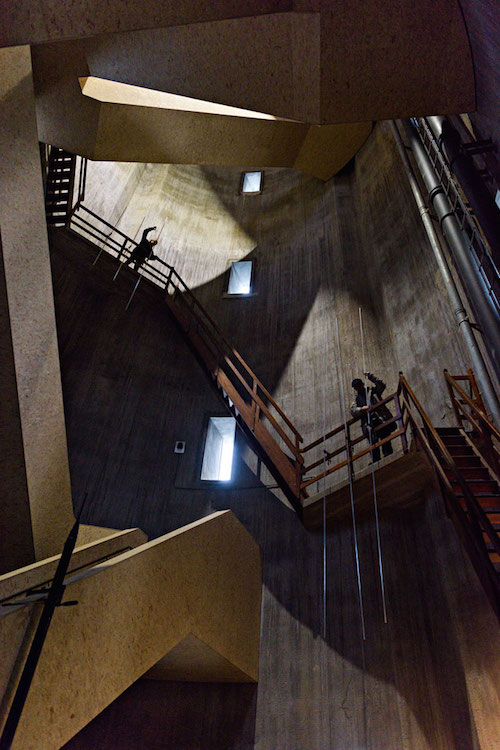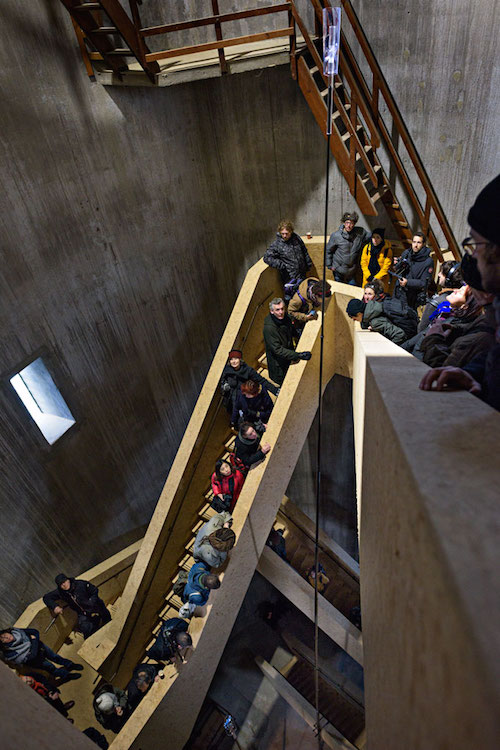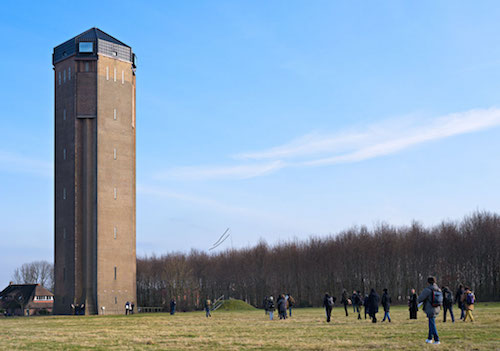Collective Signal: The Air Raid Siren Swan Song
 Saturday, November 10, 2018 at 11:40 tagged
Saturday, November 10, 2018 at 11:40 tagged  siren,
siren,  sound walk,
sound walk,  soundart,
soundart,  soundscape
soundscape Once in a while, someone tells you about a project that they’re still working on, but tickles the imagination in such a way that you can’t stop thinking about it, and you strongly hope it’ll happen. I spoke with Angela de Weijer, a Dutch sound artist, educator and cultural producer. In her work, she triggers the listener’s imagination and brings the audience out-of-the-ordinary experiences.
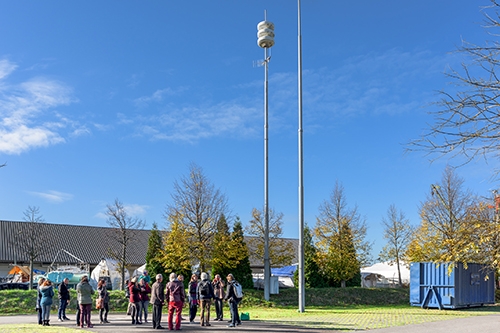 Photo by Sas Schilten.
Photo by Sas Schilten.
Angela’s Collective Signal is such a “imagination-tickling” project, but it needs some context.
In the Netherlands where I live, there’s an air raid system that consists of 4300 sirens nationwide. These were put in place in 1952 because of the Cold War, and renewed in 1993. The Dutch are very familiar with their sound, as the system is tested every first Monday of the month, throughout the year. Here’s what they sound like:
But now, the government is planning to decommission the system, probably by 2020. As a result, Eindhoven-based sound artist Angela de Weijer is creating a swan song for the whole system. Her lifelong fascination with the system has led her to take on a project that’s already been going on for about two years, and will at least last two more years.
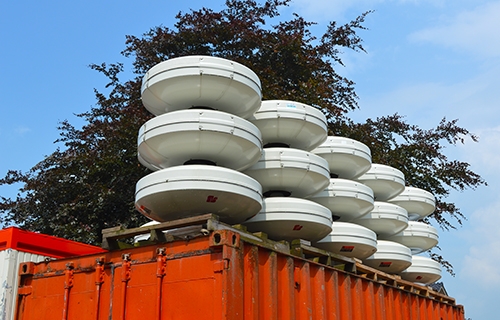
Angela is working together with the original maintenance engineers as well as the government to realise a composition for this nationwide system. Imagine: a composition that can be heard nationwide. Played over around four thousand “speakers”. To be heard by approximately 17 million people. In a lot of places you would be able to hear more than one siren at the same time. The sound from a siren would bounce off of buildings, forests, et cetera. The sounds meet the sound of another siren, mix, and create a unique mix of timbres everywhere in the Netherlands. Here’s an impression of what that will be like:
Shots and editing: Timo de Kruijf
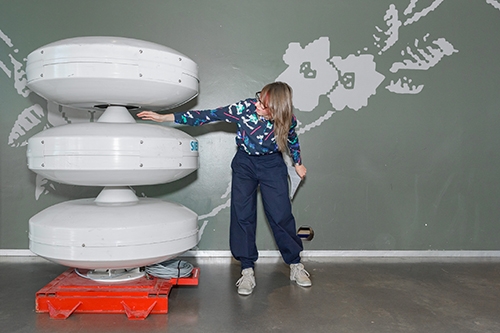 Photo by Sas Schilten.
Photo by Sas Schilten.
A grand work that celebrates an almost obsolete technology and through sound totally reshapes our surroundings, even if it’s just for a few minutes. We will post follow-ups to this article as the project unfolds.




